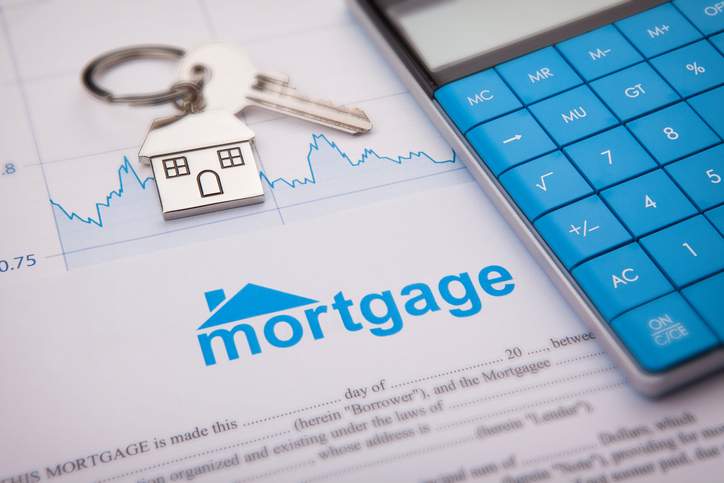 First-time buyers are the catalysts in nearly every real estate market, Jacksonville included. When someone buys their very first home, that allows the existing property owners to move up and buy their second or third home.
First-time buyers are the catalysts in nearly every real estate market, Jacksonville included. When someone buys their very first home, that allows the existing property owners to move up and buy their second or third home.
Over time, as equity builds, current owners then use that accrued equity to move up and buy a bigger home. Or, long time owners can use the equity they own and purchase a retirement home outright without the need for financing. But it’s the first time buyer that often gets the chain started.
First time home buyer loan programs are designed to assist those buying their first home with special loan programs, rates, and grants. The definition of a first-time buyer is fairly straightforward. But someone can also be considered a first-time buyer even if that individual has, in fact, owned a home in the past. Technically speaking, a first-time buyer is someone that has not owned a home within the past three years. Not many are aware of this fact but for those who do, it can be a real benefit when researching mortgage loans. What types of first-time buyer loans are available?
The most popular loan for first-time buyers in Florida is the FHA loan. While not reserved for first-timers, it’s a common choice for first-time buyers due to the low down payment required for an FHA mortgage. The minimum down payment for an FHA loan is just 3.5 percent of the sales price. There are no restrictions as to income limits or property location like USDA loans. FHA loans are also offered either as a fixed rate or adjustable rate mortgage with multiple term options.
Note: FHA loans are only reserved for primary residence single-family homes, condos, and town homes. Muti-Unit properties are also permitted as long as the owner occupies (1) unit. Investors that wish to purchase a rental property can learn more about Jacksonville DSCR loans here.
There are also conventional loan programs available for first-time buyers. The most common conventional loans are ones underwritten to guidelines issued by Fannie Mae and Freddie Mac. Today, nearly two out of every three home loans approved are ones using Fannie or Freddie guidelines. Each offers a loan program that asks for a down payment of just 3.0 percent of the sales price. Fannie Mae’s HomeReady loan asks for a 3.0 percent down payment but the buyers cannot be an owner of another property or act as a cosigner on another mortgage.
 This program also requires borrowers to complete an online homeownership counseling course. There are also income limitations for this program unless the property being financed is located in a designated low-income neighborhood. Freddie Mac has a similar program called Home Possible.
This program also requires borrowers to complete an online homeownership counseling course. There are also income limitations for this program unless the property being financed is located in a designated low-income neighborhood. Freddie Mac has a similar program called Home Possible.
Perhaps the biggest obstacle for first-time buyers is coming up with the funds needed for a down payment. Even a down payment as low as 3% can still be a lot of money for first-time buyers. With a $250,000 home, a 3.0 percent down payment is $7,500. This is in addition to the closing costs associated with obtaining a mortgage. There will be both lender and non-lender fees which need to be considered. However, the good news is many of these programs permit sellers concessions for closing costs.
Different counties like those around Jacksonville (Duval, Clay, St. Johns) can also offer down payment assistance to first time buyers in the form of grants or short-term loans. A grant is essentially free money and does not have to be paid back under certain cases. A grant will be issued to the buyers at the closing table and a lien will be filed simultaneously. The lien will remain there until the minimum time frame has been reached.
Income approved first-time homebuyers in Florida will definitely want to learn about the Hometown Heroes program here.
Because these local programs are so varied, it’s nearly impossible to detail each one, but they all typically have the same basic requirements. You can contact the state or county home buying assistance center for more information. Your loan officer can also help locate the ideal option for you.
Grants are usually funded by bond issues. Investors purchase these bonds and receive a regular monthly or quarterly return. These programs can also run out of money. Say for example, a bond issuance of $10 million is produced. As more and more people request down payment assistance, at some point the fund will be empty. At such time, another bond issue can occur.
Again, first-time buyer programs are out there and available in different forms depending on location. From a first-time buyer loan program to down payment assistance, it’s easier to get into a home than you might think.
Questions? Please connect with us today by calling the number above.
